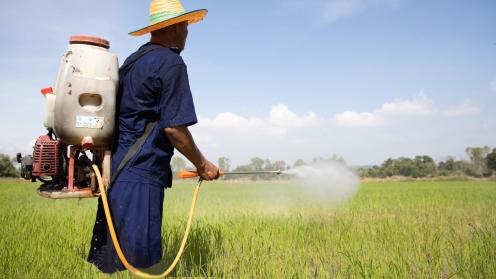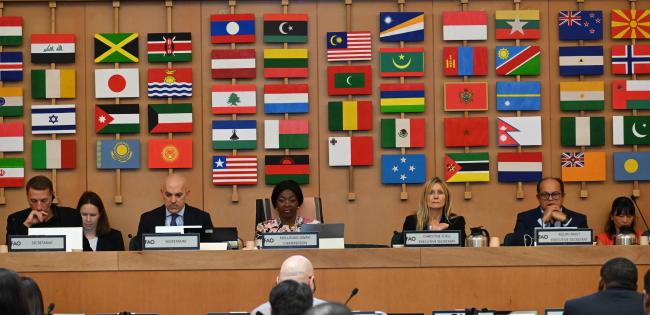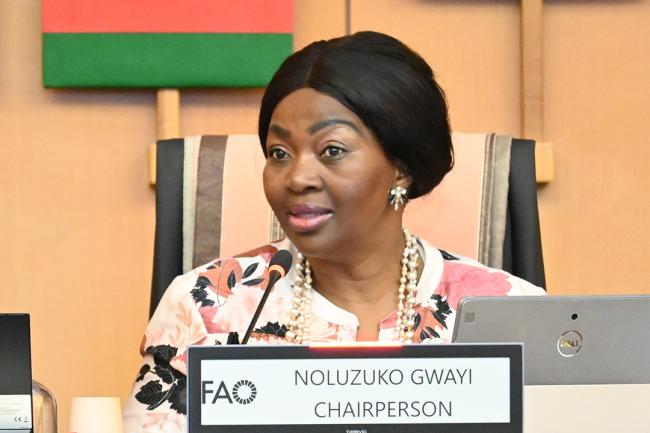The Chemical Review Committee supports countries in the safe use and management of chemicals by providing information on pesticides and industrial chemicals traded internationally. The science-based information prepared by the Committee informs countries’ decisions on whether or not to import a chemical. The Committee’s services are in demand. This year there were a record number of notifications of final regulatory action, which are national-level bans or restrictions on a chemical taken by a country.
Before the CRC met, the Bureau prioritized the notifications based on those most likely to meet the criteria set out in the Rotterdam Convention. This still left 19 chemicals on the agenda, and four proposals for severely hazardous pesticide formulations (SHPFs).
The Committee began their reviews of these notifications, most of which are pesticides. They worked through the four notifications related to the pesticide paraquat and paraquat dichloride sent by Comité permanent Inter-États de Lutte contre la Sécheresse dans le Sahel (CILSS) (Burkina Faso, Cabo Verde, Chad, Mali, Mauritania, Niger and Senegal), Chile, Togo, and Türkiye. Members were confident the CILSS notification met all the criteria and asked for further time to discuss the notification from Togo. Members agreed that the other notifications did not meet the criteria. The CRC continued apace to begin their work on other pesticides, including chlorpyrifos-methyl and dichlorvos.
With so many chemicals under consideration, the CRC’s work bumped up against the work of other chemicals treaties. The notification related to hexachlorobenzene, a solvent, generated discussion on whether there was evidence of ongoing trade. None was found, but in the past the Committee had agreed that a lack of evidence should not exclude the possibility of ongoing trade. In this case, hexachlorobenzene is listed in Annex A of the Stockholm Convention on Persistent Organic Pollutants (POPs), which eliminates its production and use. Some members and observers felt the past precedent should not be followed in this case.
Similarly, members’ first review of the draft decision guidance documents (DGDs) for mercury and chloryrifos had to acknowledge existing agreements. These DGDs summarize available information on a chemical and sets out the chemical’s hazards and risks, as well as protective strategies. For mercury, members noted revisions intended to capture the Minamata Convention on Mercury’s provisions, including on waste management. For chlorpyrifos, members supported this DGD, which will complement a potential future decision by the Stockholm Convention on this pesticide.






